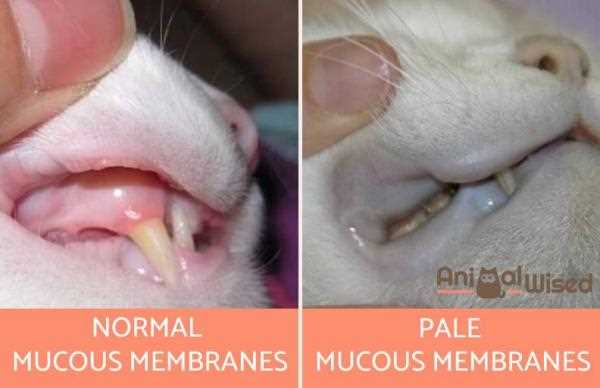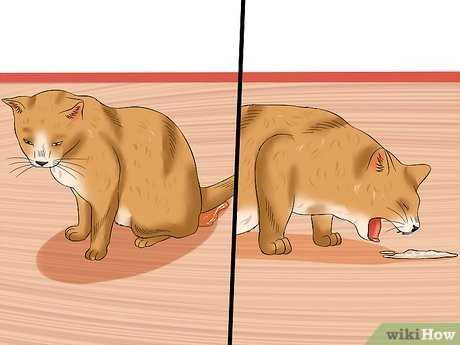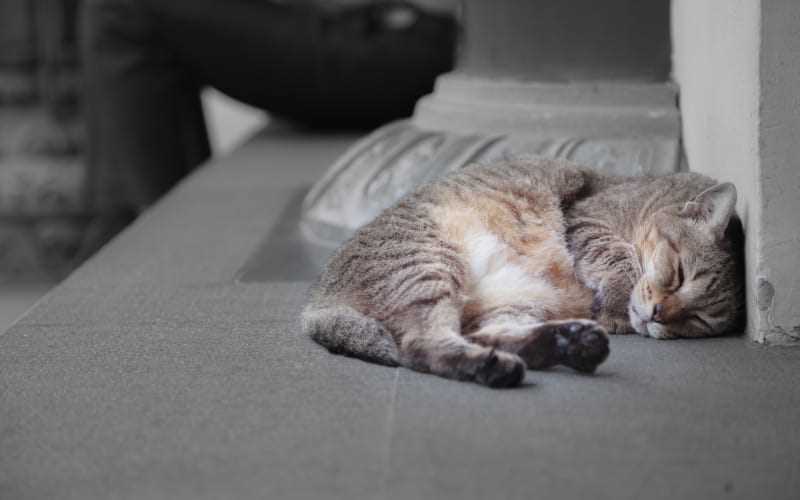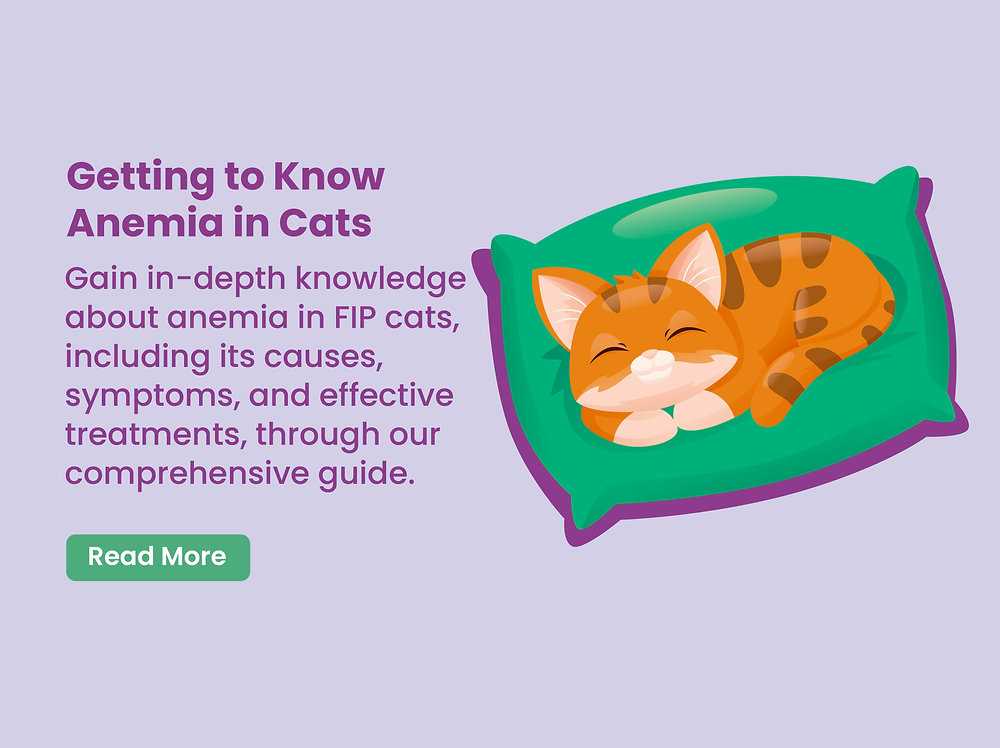Ensuring a balanced diet rich in iron is paramount. Incorporating high-quality protein sources such as chicken liver or beef can significantly boost iron levels. Offering these options in moderation can help enhance overall health.
Regular vet check-ups are essential to monitor hemoglobin levels and assess the underlying causes of the condition. Blood tests provide critical insights into the overall wellbeing of a furry friend.
Supplements specifically formulated for felines can also be beneficial. Iron supplements, when prescribed by a veterinarian, can aid in elevating iron concentrations in the bloodstream.
Maintaining hydration is another key aspect. Encouraging the intake of fresh water or wet food can support overall health and assist in the absorption of essential nutrients.
Identifying Symptoms of Anemia in Cats

Noticeable signs include pale gums and tongue, indicating reduced blood flow. Lethargy often accompanies these symptoms, making playtime less appealing. A decrease in appetite might lead to unexpected weight loss, signaling a health issue. Unusual behavior, like hiding more than usual, can also be a red flag.
Watch for rapid breathing or difficulty breathing, which may occur even at rest. Cold extremities can indicate poor circulation. When grooming, observe for excessive shedding or a dull coat, which may suggest underlying problems. Frequent vomiting or diarrhea can further point to distress.
Regularly monitoring energy levels and physical appearance helps in early detection. If any of these symptoms arise, a prompt veterinary visit is recommended. Catching issues early can lead to better outcomes and happier days ahead.
Consulting a Veterinarian for Diagnosis
Finding a qualified veterinarian is the first step in addressing low red blood cell counts. Schedule an appointment without delay if signs of weakness, lethargy, or unusual behavior arise. A thorough examination will be performed, including blood tests to determine the underlying cause of the condition.
Expect the vet to inquire about dietary habits, recent changes in behavior, and any potential exposure to toxins. Providing detailed information can assist in narrowing down potential issues. Diagnostic tools such as complete blood counts and blood smears will be utilized to assess the extent of the problem.
Additionally, further tests may be recommended based on initial findings, such as urine analysis or imaging studies, to evaluate internal organs. Regular follow-ups are crucial to monitor progress and adjust treatment plans accordingly. Collaborating closely with the veterinary team ensures the best possible outcome.
Always ask questions during consultations. Understanding the diagnosis and treatment options empowers both the caregiver and the feline companion. Keeping an open line of communication with the vet aids in addressing any concerns that may arise throughout the process.
Understanding the Underlying Causes of Anemia
Identifying the root of low red blood cells is a priority. Various factors contribute to this condition in felines. Chronic kidney disease often leads to decreased erythropoietin production, a hormone essential for red blood cell formation. Intestinal parasites can also sap vital nutrients, resulting in insufficient hemoglobin production. Blood loss, whether from trauma or internal bleeding due to ulcers or tumors, significantly impacts overall health.
Autoimmune disorders may provoke the body to mistakenly destroy its own red blood cells, complicating recovery. Infections, whether viral or bacterial, can inhibit red blood cell production or lead to their destruction. Nutritional deficiencies, particularly of iron, vitamin B12, and folic acid, are critical considerations. These nutrients are vital for optimal blood health and their absence can lead to decreased cell production.
Genetic predispositions cannot be overlooked. Certain breeds may be more susceptible to blood disorders. Regular check-ups can help in early detection of these underlying issues, allowing for timely intervention and management. Understanding these causes enables better support for overall feline well-being.
Nutrition and Dietary Adjustments for Anemic Felines

Incorporating iron-rich foods into the diet is a primary step. Options like liver, beef, and chicken provide necessary nutrients. For plant-based choices, look for spinach and lentils, though they may not be absorbed as efficiently as animal sources.
Supplementation and Special Diets

Consult with a veterinarian regarding iron supplements. A tailored diet may include specific formulations designed for low iron levels. Wet food can aid hydration, while ensuring a balanced intake of vitamins, particularly B12 and folate, is crucial for enhancing red blood cell production.
Hydration and Overall Health

Encouraging water intake is vital. Dehydration can exacerbate existing issues. Consider providing fresh water frequently and incorporating wet food into meals. Regular grooming helps maintain coat health, reducing stress and promoting overall well-being. For a clean and healthy environment, check out the best oatmeal shampoo for cats for bathing sessions.
Lastly, reducing processed foods will prevent additives that may not contribute positively to health. Always ensure that any dietary changes are discussed with a vet, considering underlying conditions or other health needs.
Medications and Treatments Prescribed by Veterinarians
Veterinary professionals may recommend specific medications to address low red blood cell counts. Common options include:
- Iron supplements: Ferrous sulfate or other iron formulations can boost hemoglobin levels.
- Erythropoietin: This hormone stimulates bone marrow to produce more red blood cells, especially in cases linked to chronic kidney disease.
- Corticosteroids: When immune-mediated disorders are suspected, these drugs may reduce inflammation and immune response affecting red blood cell production.
- Vitamin B12 and folic acid: Essential for red blood cell formation, these vitamins can be supplemented if deficiencies are diagnosed.
Supportive Care and Monitoring
Regular follow-ups are essential to monitor blood levels and adjust treatments as necessary. Veterinarians may suggest:
- Frequent blood tests to assess the effectiveness of treatments.
- Fluid therapy to maintain hydration, especially in cases of acute blood loss.
- Transfusions for severe cases requiring immediate intervention.
Preventive Measures
Incorporating preventive strategies can minimize future risks. Suggestions include:
- Routine health check-ups to catch potential issues early.
- Maintaining a balanced diet rich in essential nutrients.
- Monitoring for signs of parasites and addressing them promptly.
Monitoring Recovery and Follow-Up Care
Regular check-ups at the vet are crucial after receiving treatment for low red blood cell counts. These appointments help track improvements and adjust care plans as needed. Blood tests should be performed periodically to measure red blood cell levels, ensuring they return to normal ranges.
Keep a close eye on energy levels and appetite. Any sudden changes can indicate underlying issues that may require immediate attention. Maintaining a journal detailing daily behavior, eating habits, and any unusual signs can assist the veterinarian in making informed decisions during follow-up visits.
Hydration is essential, so ensure access to fresh water at all times. Monitoring litter box habits helps assess hydration status and kidney function, both of which are important in recovery.
Reassessing dietary plans is necessary as recovery progresses. Adjustments may be needed to meet changing nutritional requirements. Consulting with the veterinarian about appropriate supplements or changes in food can enhance recovery.
Engaging in gentle playtime can encourage physical activity without overexertion. Gradually increasing activity levels can help restore strength and vitality.
Stay vigilant for any recurring symptoms or new issues. Quick responses to these changes can lead to timely interventions, ensuring continued health and well-being.






